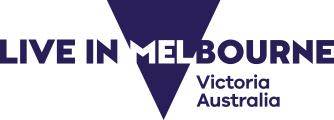Melbourne has a lively British migrant community. Migrants born in the UK make up the largest overseas-born population group in Melbourne, accounting for 4.3 per cent of Melbourne’s total population.
British migrants living in Melbourne love:
- the year-round sporting calendar which includes a public holiday for a horse race
- living by the beach
- the nearby countryside with surf beaches, ski fields and wine regions
- easy commute times to work and school
- the familiar Victorian architecture.
If you’re thinking about moving to Australia from the UK, Melbourne could be the perfect home for you.
Melbourne's British community at a glance
Top occupations for Melbourne's British community
Popular regions for Melbourne's British community
No results were found
The information above is based on the latest Australian Census data on Tuesday 10 August 2021. The census occurs every 5 years. The information will be updated following the next census in 2026.
To learn more about Victoria’s multicultural communities, visit Community Profiles.
To read about people who moved to Victoria through Victoria's skilled visa nomination program and changed their lives, visit Migrant Stories.
